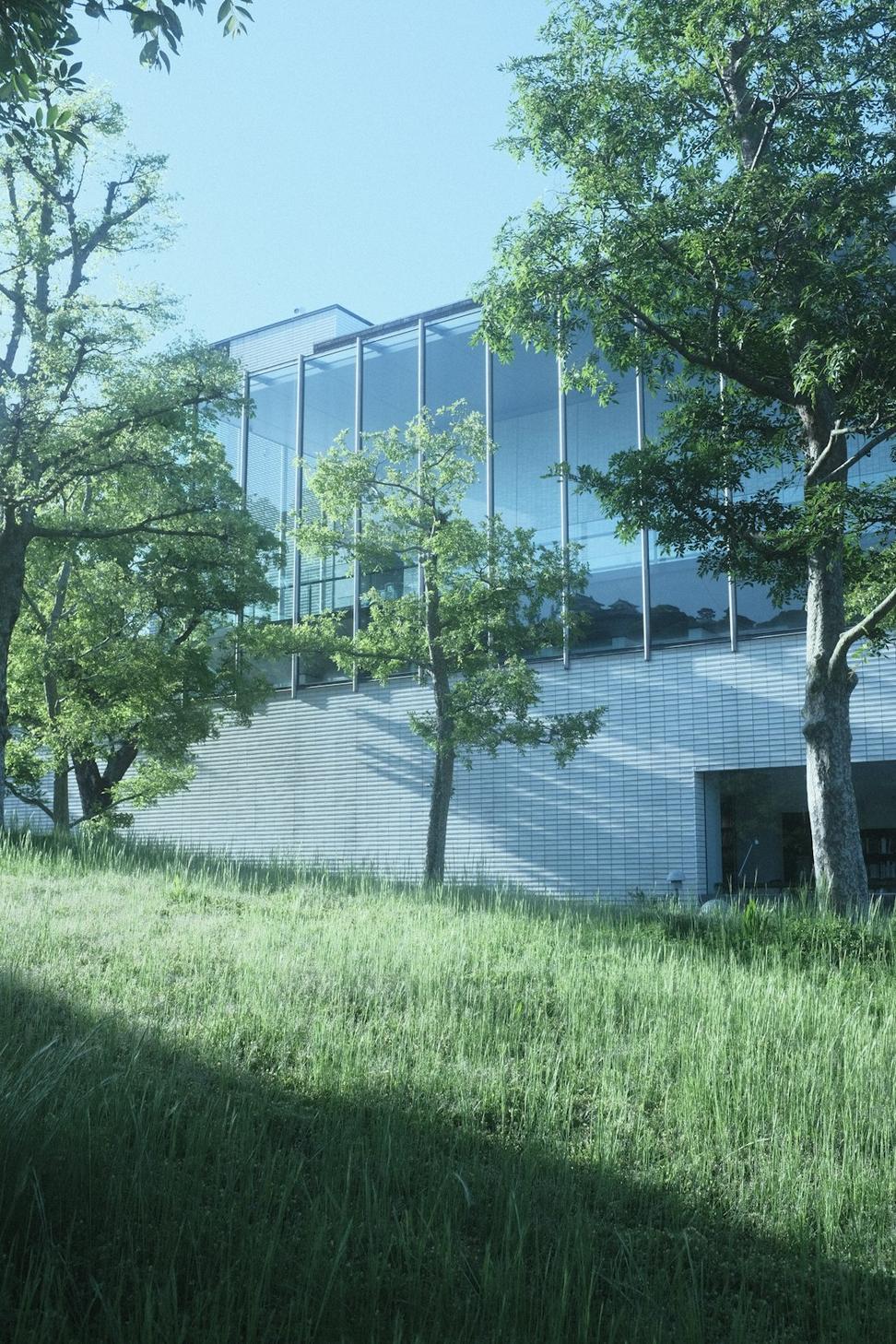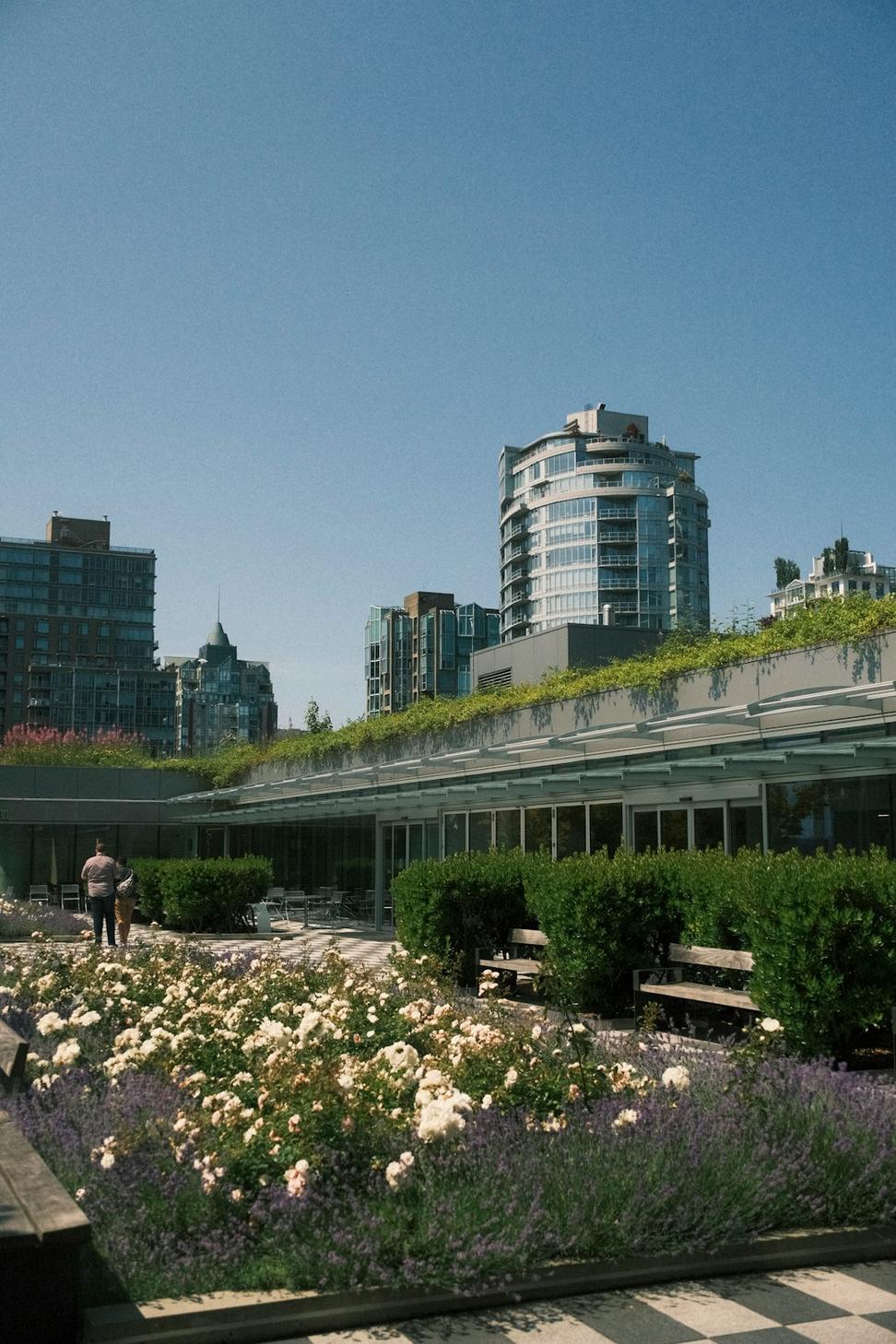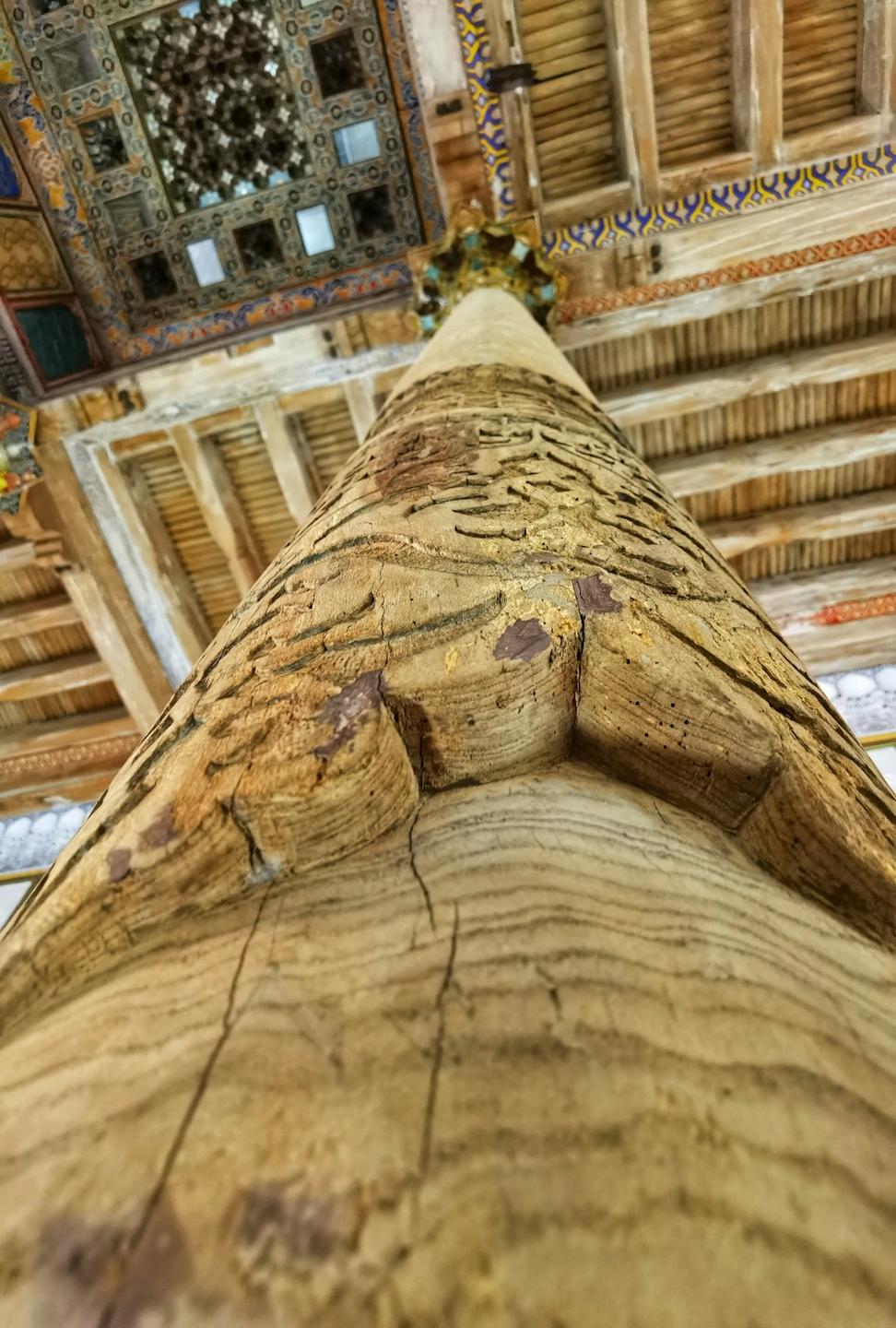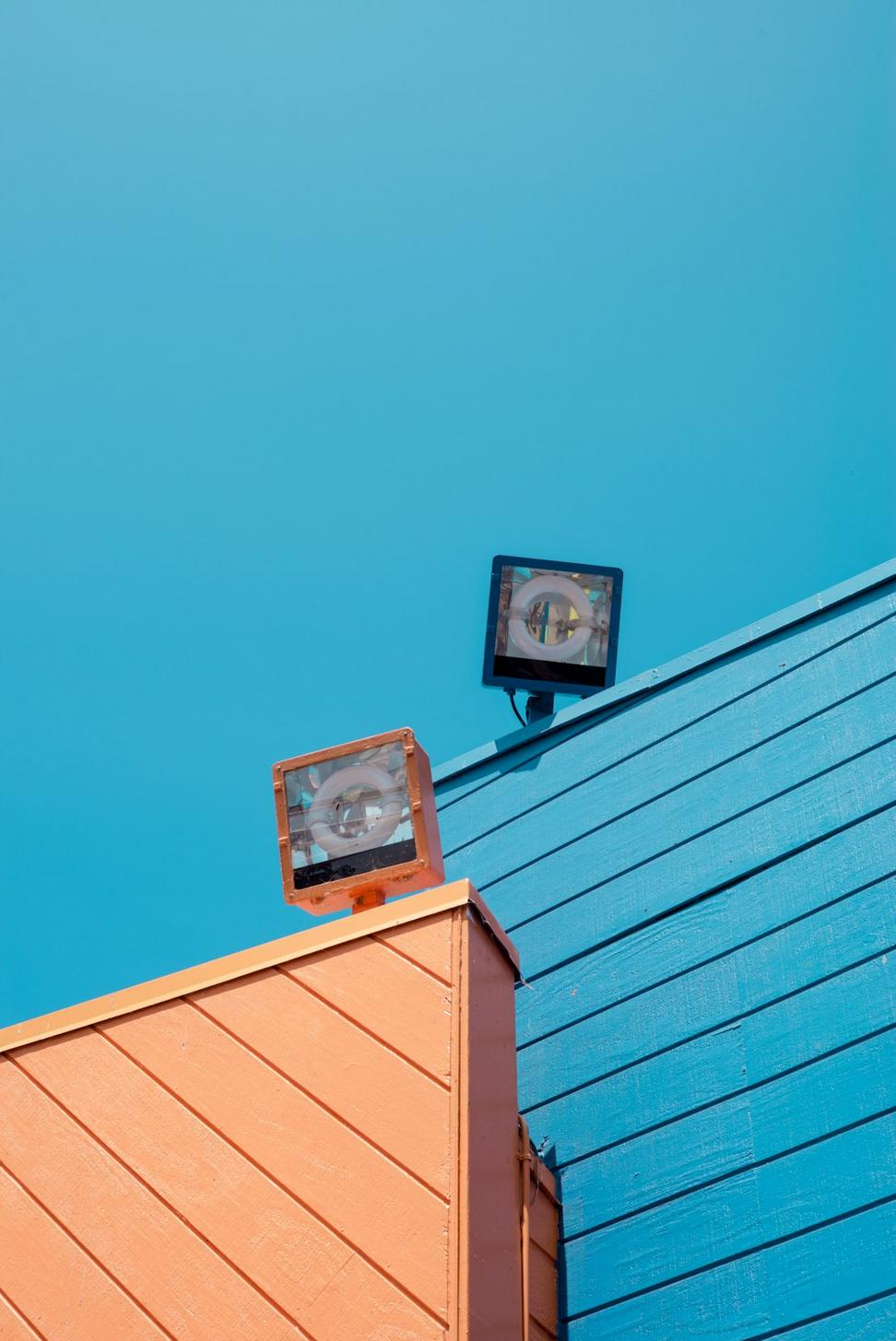
Our Approach? Keep It Real
Look, we're architects, not magicians. But we've learned a thing or two about making buildings that don't destroy the planet while still being, y'know, functional and beautiful.
Every project starts with a simple question: "How can we mess up the environment the least?" Sounds negative, but it's actually pretty liberating. From there, we look at passive solar orientation, natural ventilation, locally-sourced materials—the stuff that actually makes a difference beyond the marketing brochure.
We've worked on heritage buildings that taught us something important: old doesn't mean wasteful. Those thick masonry walls? Natural temperature regulation. Those tall windows? Free daylighting and airflow. Sometimes the greenest building is the one that's already standing.


